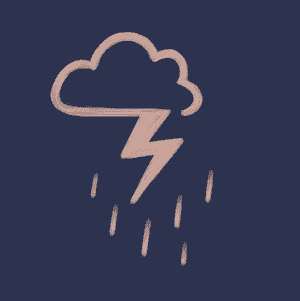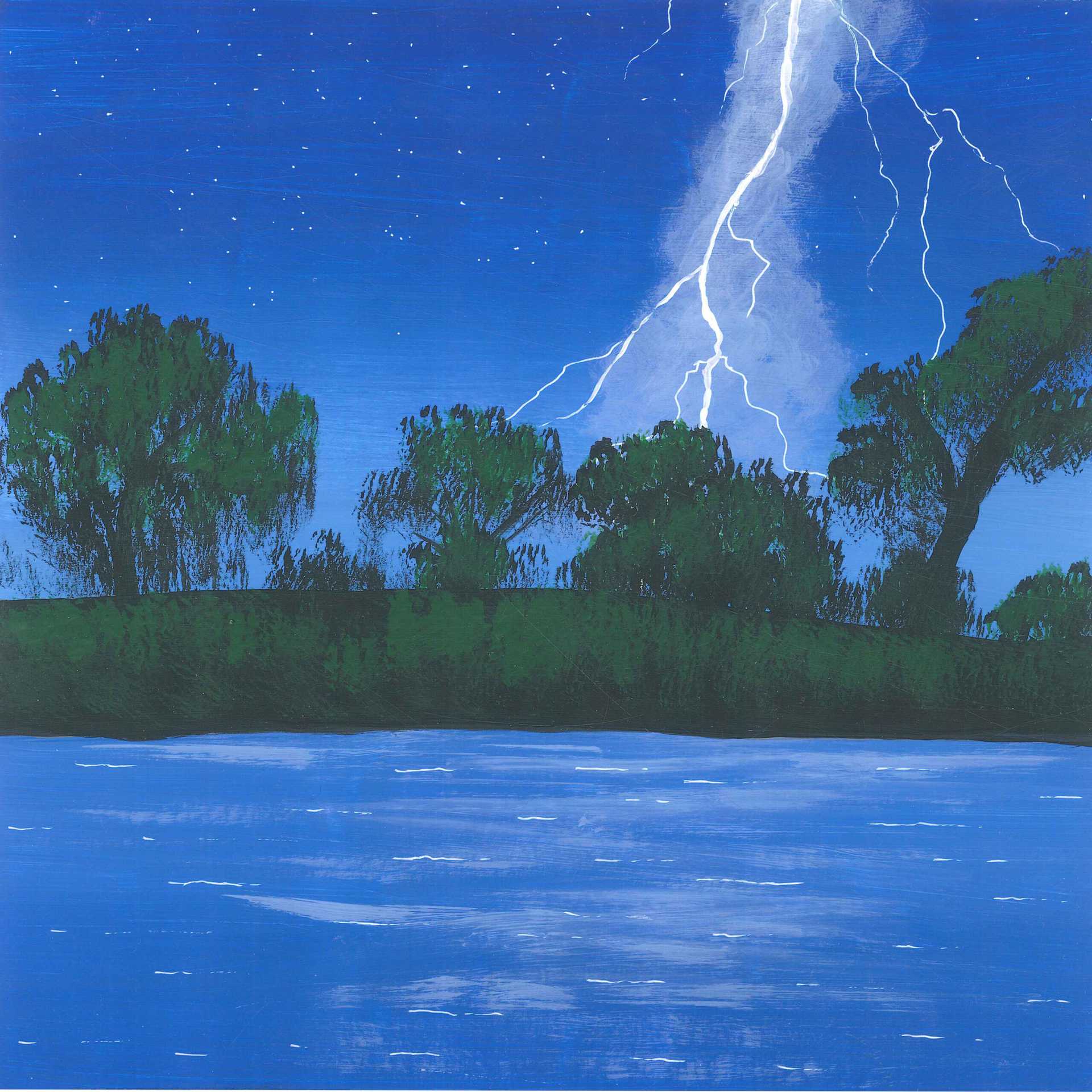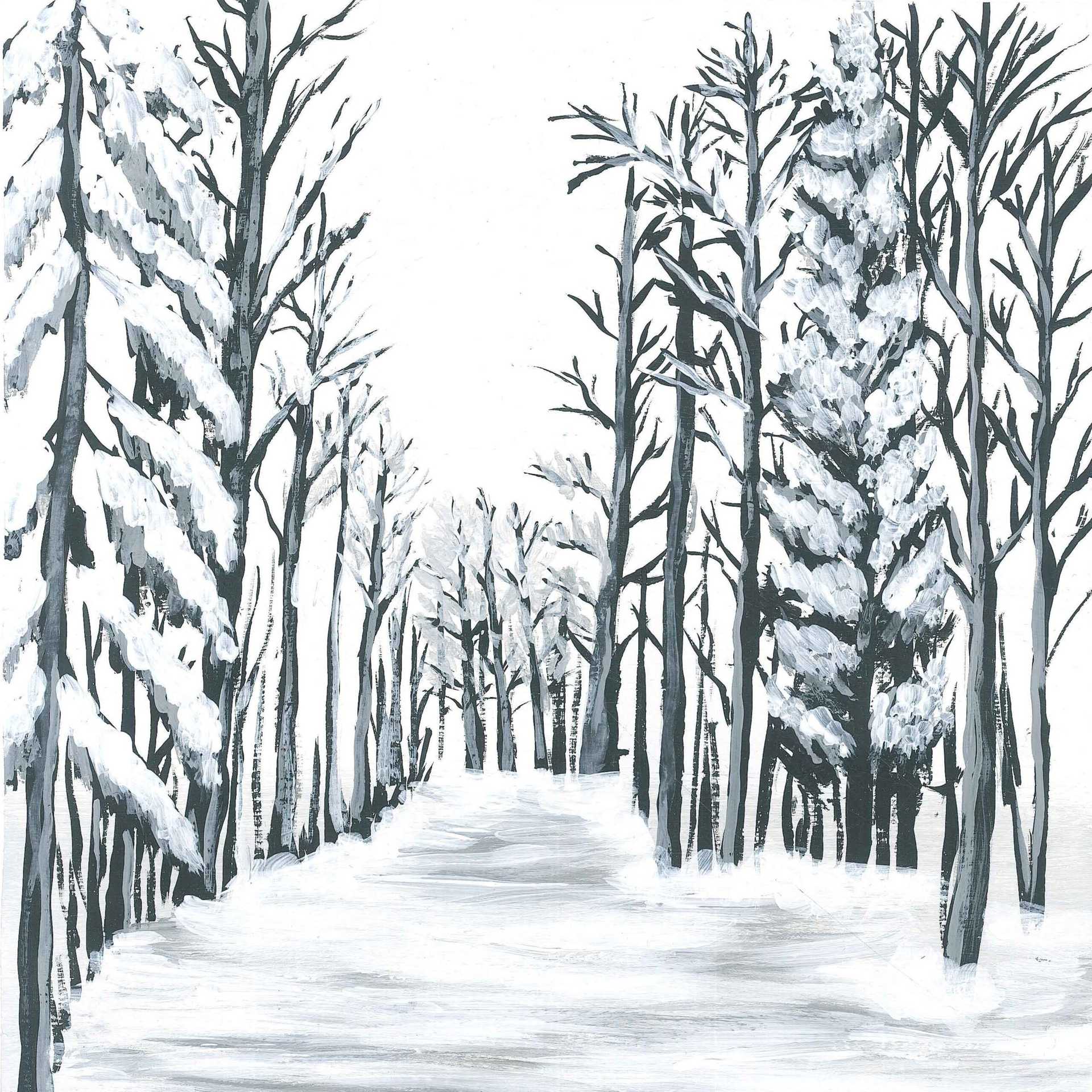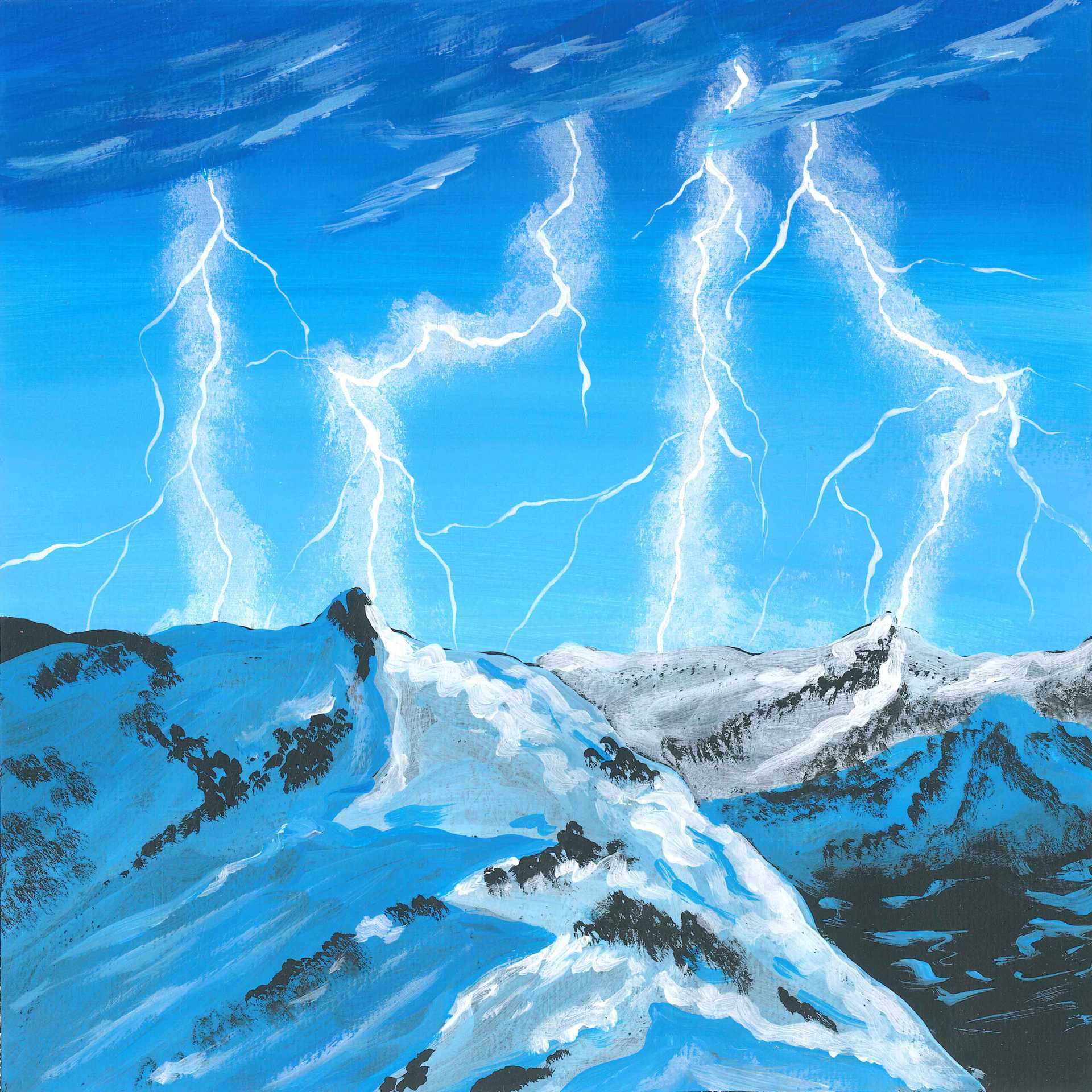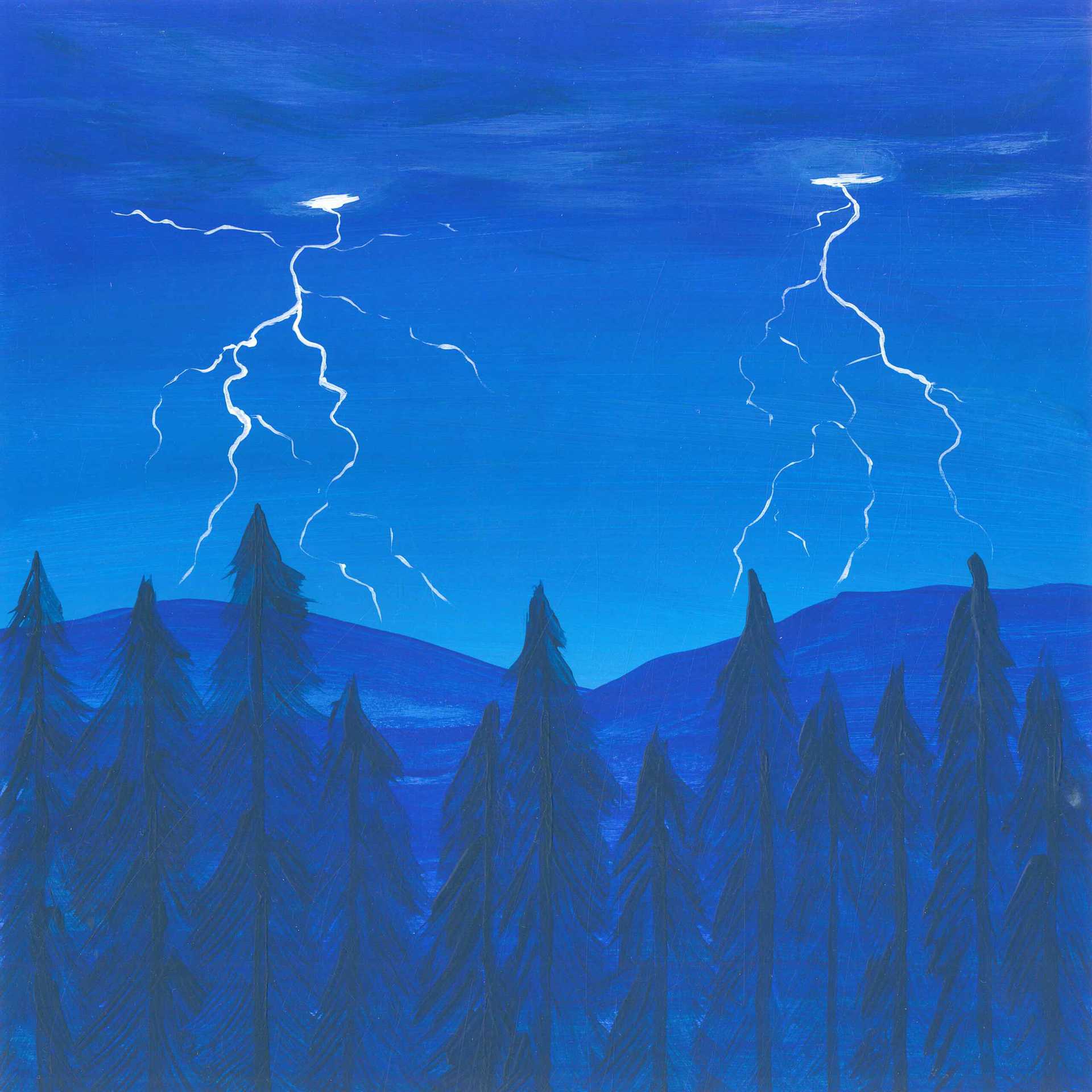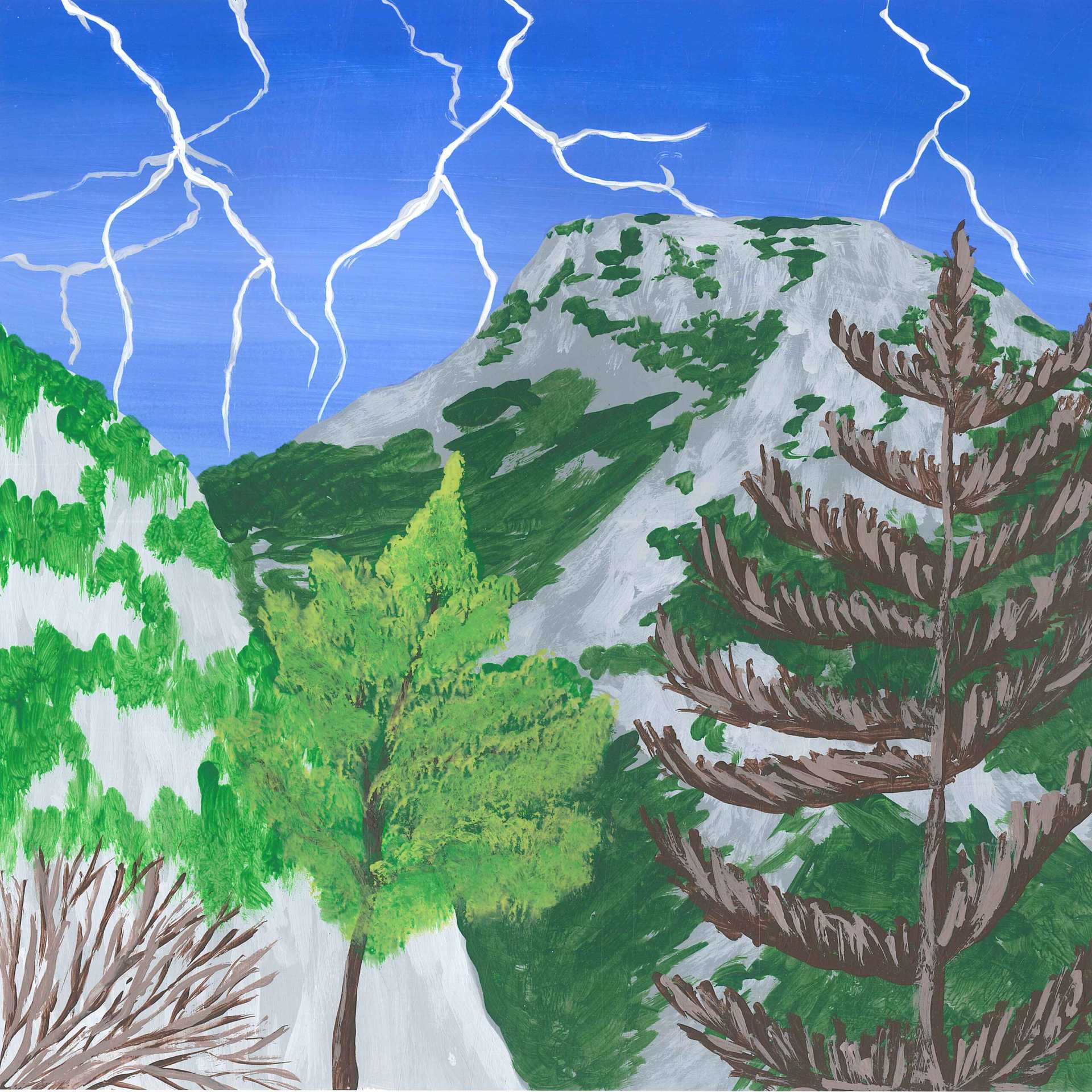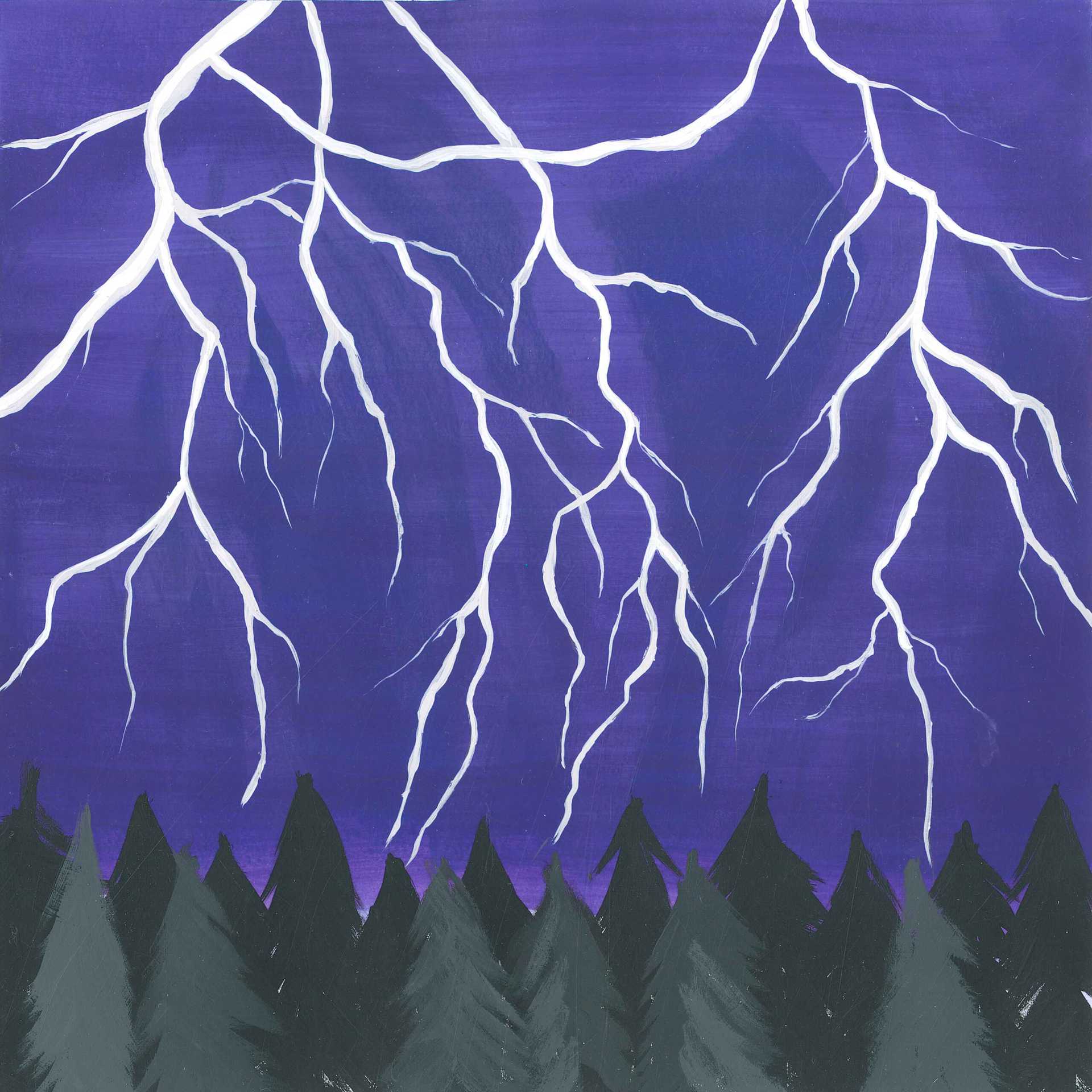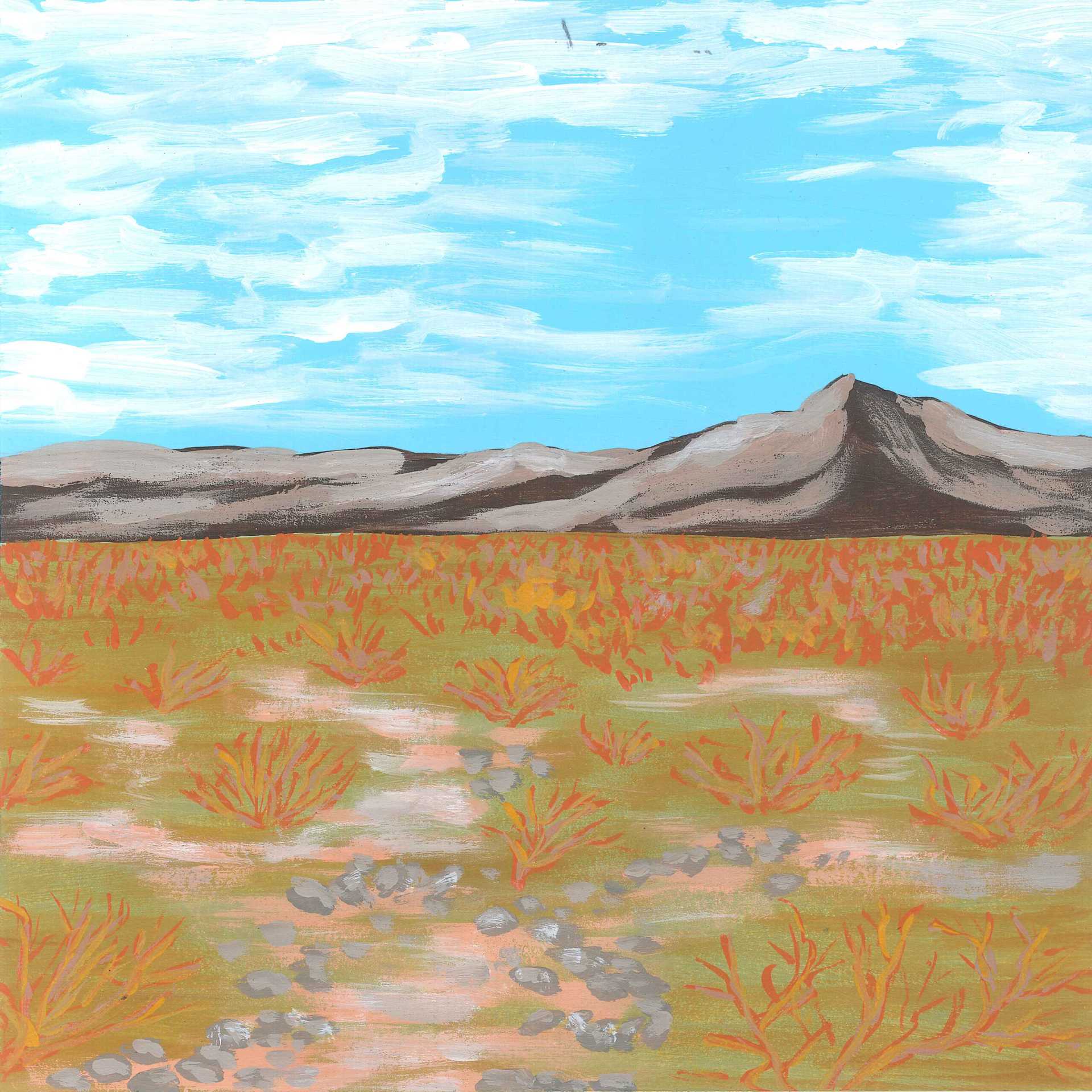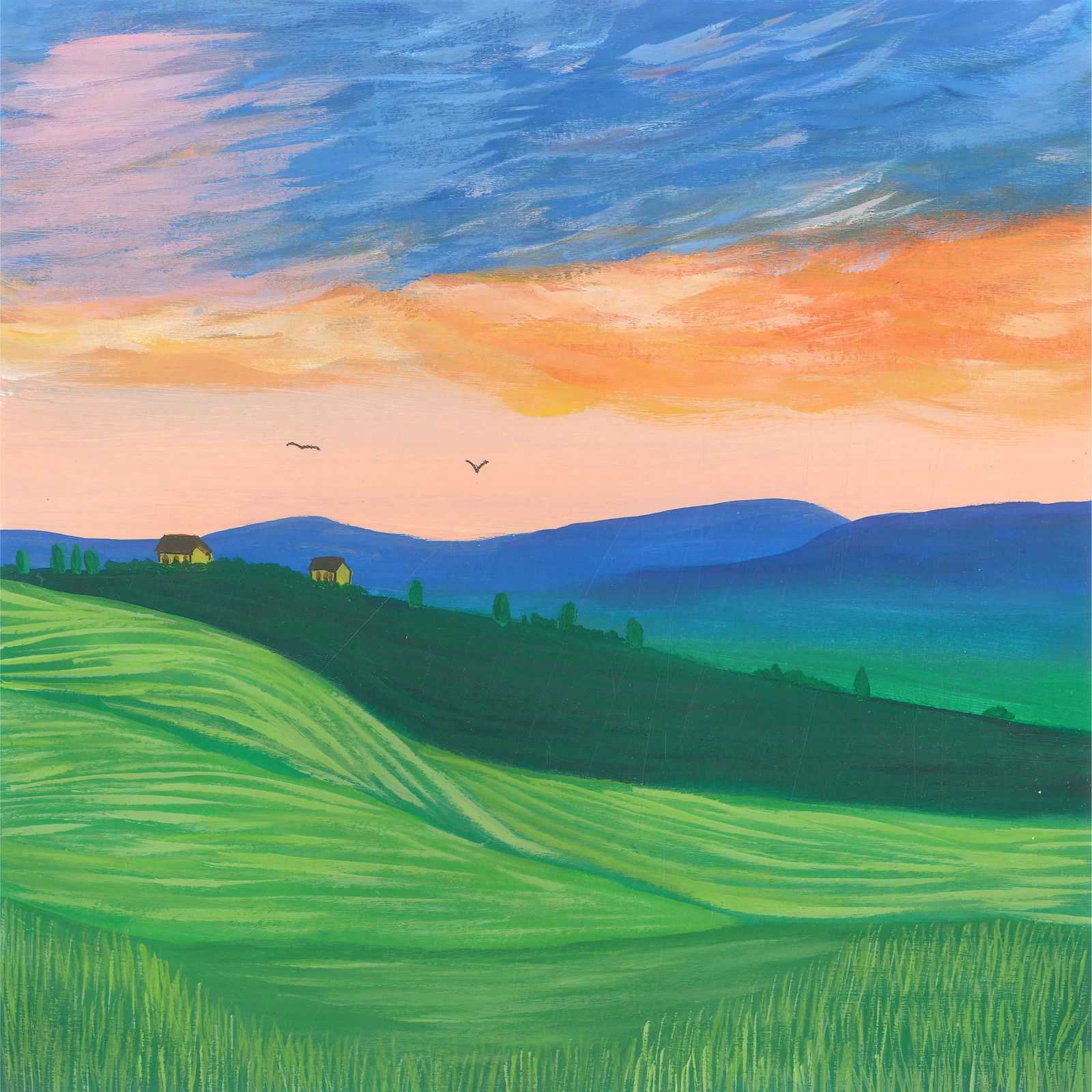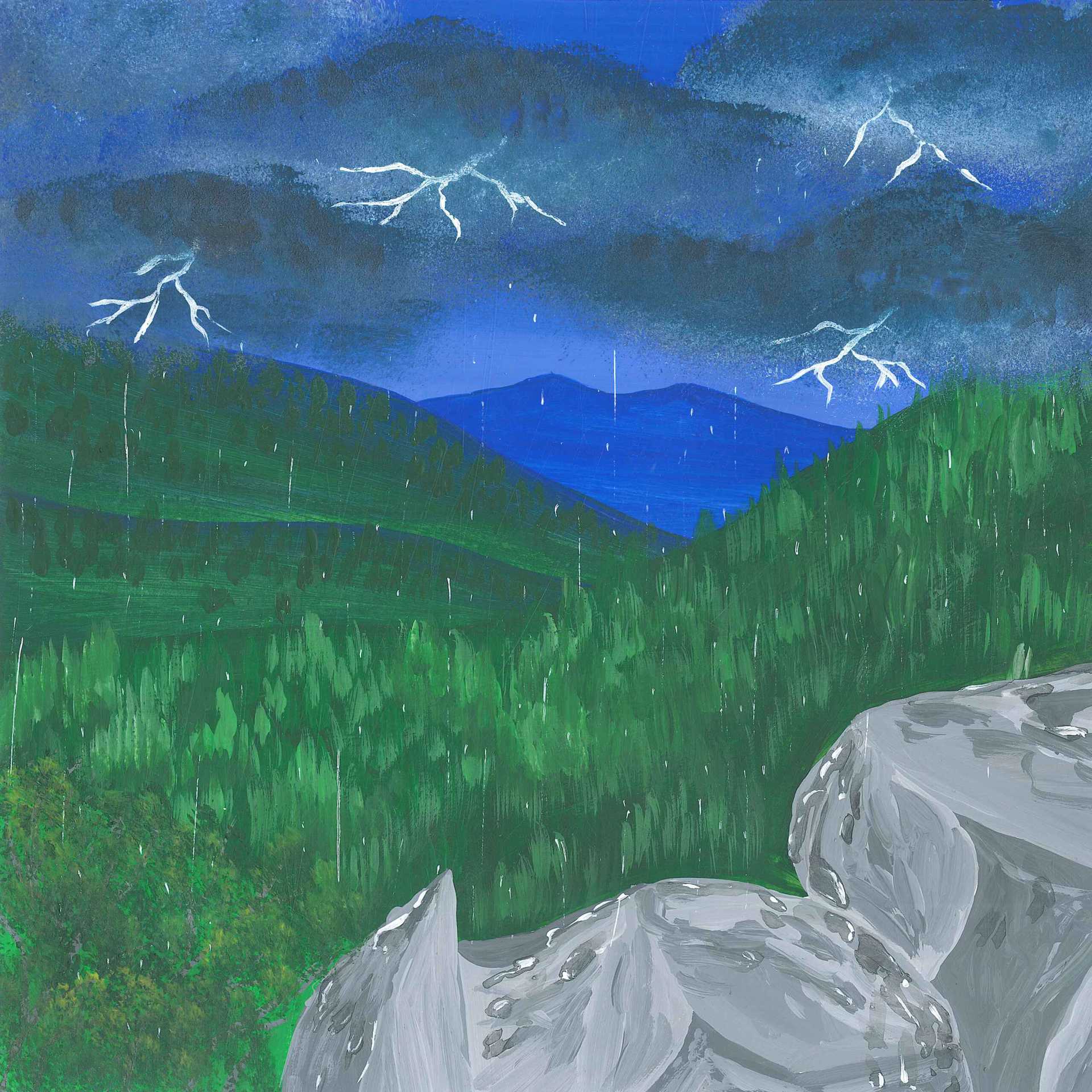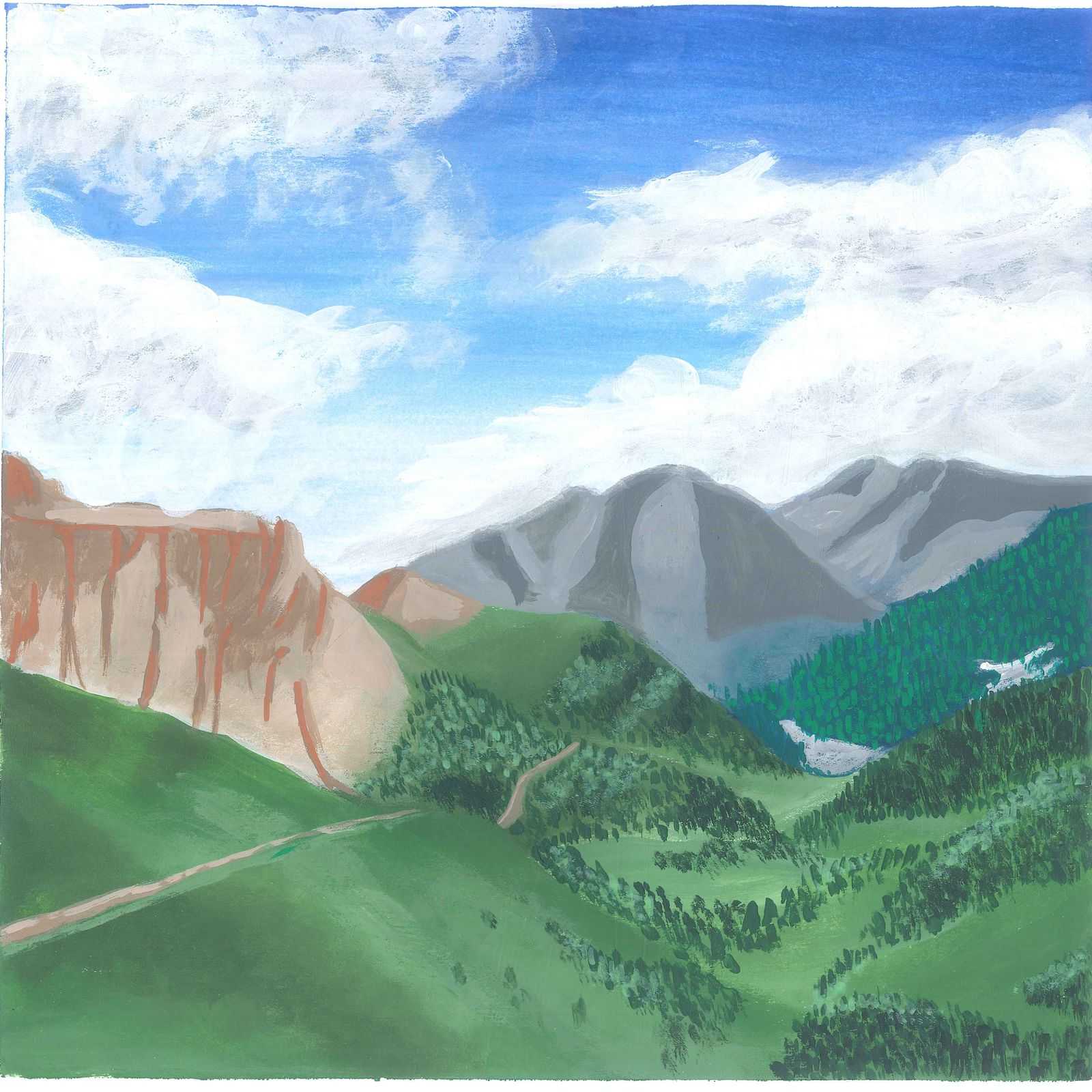No one can remain indifferent to the monumental bangs, snaps, cracks and grumbles and rumbles of thunder. It’s no wonder that most cultures feature myths where this awe-inspiring feature of the natural world has a strong significance; Wikipedia lists more than 110 thunder deities from all over the globe.
But what exactly causes the sound of thunder?
Thunderstorms’ sounds are caused by a combination of moisture and warm air.
For example, moist air heated by sun-warmed ground becomes less dense than the cooler, dryer air above it, and starts to rise. As it does so, the water vapor cools, condensing into droplets of water and creating a cloud. Thunderclouds can reach heights of 6.2 miles (10km), meaning that the water droplets in the highest reaches freeze and fall as hail or rain.
What causes lightning?
This precipitation falls through the cloud, becoming negatively charged by rubbing against smaller, positively charged ice crystals. A negative charge forms at the cloud’s base, where the hail accumulates, while lighter ice crystals create a positive charge higher in the cloud.
These charges create a voltage (potential difference) which can discharge as intra-cloud lightning: sheet lightning. The cloud’s negatively charged base also repels electrons on the ground, meaning that a discharge can take place as cloud-to-ground lightning too.
What causes thunder?
This kind of discharge causes an abrupt increase of the temperature of the air around it – to a jaw-dropping 54,000 °F (30,000 °C; nearly three times hotter than the surface of the sun!). This heat increases the air pressure around the path of the lighting to 100 times normal atmospheric pressure – making the air explode outwards, in turn compressing the surrounding air.
Expanding in this way cools the air again, causing it to contract and the pressure to drop. Such violent tubular expansion and contraction is what causes the violent cracking sound of thunder: a rippling shock wave. The rumbling that follows is the result of reverberations caused by the fading vibrations.
Why does the sound of thunder sometimes vary?
Fundamental advice for avoiding lightning is to leave elevated positions – for the simple reason that electricity always chooses the shortest route to earth, discharging towards negatively charged particles on the ground.
For this reason, the thunderstorm sounds that reach our ears first come from the shock waves that form near the ground, followed by those originating higher up. In fact, an experiment conducted by Maher Dayeh, an atmospheric scientist at the Southwest Research Institute in San Antonio, US, showed that “the loudest part of the blast comes from where the bolt strikes the earth”. However, we tend to perceive the sound of the strike as one long rumble. Forked lightning bolts make an even longer-lasting rumble, because the shock waves from the different forks bounce off one another, creating softer booms.
We also perceive thunderclaps differently depending on distance, so rumbling peals of thunder can be caused by the sound waves reaching us at different times due to a lightning strike’s irregular shape. And the lag between seeing lightning and hearing the thunder it generates is due to the greater speed of light compared to that of sound.
What is the loudest thunderstorm possible?
Thunder typically reaches volumes of 165 to 180 decibels, but has been recorded exceeding 200 dB in some cases. On occasion, at close range, the sound of thunder can even damage property.
Experienced from a few hundred feet, the volume of thunder will be around 120 dB, equivalent to a gunshot, an ambulance siren, or a jet taking off – loud enough to damage the human ear.
Are thunderstorms becoming more frequent due to the climate crisis?
Yes; the heating caused by climate change means that air can hold more moisture. Every 1 °C rise in temperature could equate to a 12% increase in lightning strikes.
Though thunderstorms are most common in hot and humid areas (and on land rather than at sea), this is significant because they are also the major cause of natural wildfires.
Why listen to these thunderstorm sounds?
“When thunder roars, go indoors!” If this is not possible, descend from elevated areas; get away from bodies of water; separate from other people; and avoid tall structures, open structures, open vehicles, and open spaces.
Once safe, listen to our recordings instead.
